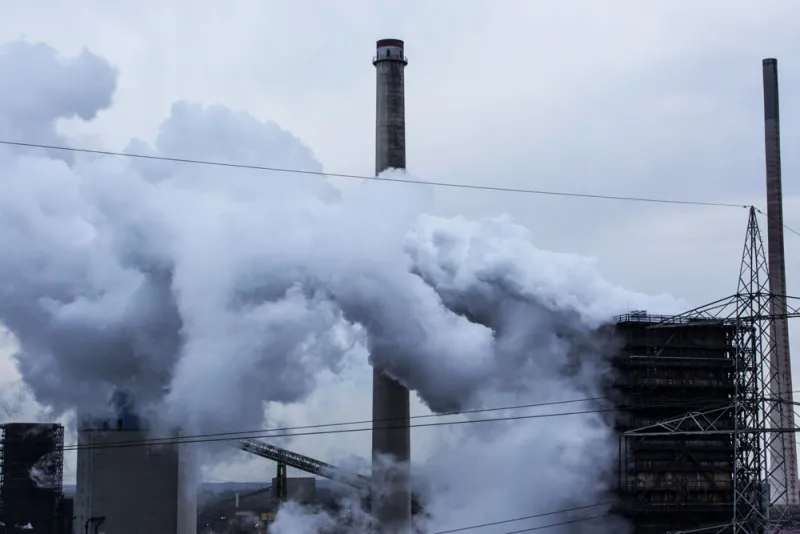Institutional investors should examine the vulnerability of their holdings to climate change as scientific evidence points to natural catastrophes being more likely and severe as a result of increased carbon emissions, according to a study by the Financial Stability Board.
“The potential for large-scale simultaneous sales of assets in response to the manifestation of climate-related risks might be greater if there are substantial similarities across investors’ portfolios,” the FSB warned in a report Monday. “One way of measuring the commonality of exposures to climate-related risks is to compare the holdings of securities issued by firms in sectors with the highest carbon emissions, which might be most exposed to transition risks.”
Climate-related shocks could spark a sell-off in securities linked to carbon-intensive areas such as manufacturing, transport, and electricity supply, according to the report. And with economic losses from extreme weather steadily rising, insurers might decide to cut their climate-related risks by increasing premiums or withdrawing coverage for households and firms.
A pullback from a large number of insurers, as well as bank lenders, to areas of concern could amplify shocks to the real economy, according to the report. The physical risks tied to climate change may spill into markets, the FSB said, with potentially abrupt increases in risk premia sweeping across a wide range of assets and weakening some investment diversification efforts.
“Market risks – that is, the risk of reductions in the value of financial assets – could result in losses for banks, asset owners, and other financial institutions,” the group warned. Some are taking steps to protect their portfolios from both physical risks and transition risks stemming from a shift towards a low-carbon economy.
Financial institutions may engage in “negative screening” when lending or investing to avoid high exposure to climate-related risks, the FSB said. Investors, banks and insurers may also work to spur companies to reduce their emissions, while climate-risk scores can be used to support asset allocation decisions, the group of financial officials added.
“An increasing number of financial institutions are integrating climate-related risks into their overall risk management frameworks, but only a minority do so fully,” the FSB said.
[II Deep Dive: Jeremy Grantham Says Investors Should Be ‘Intrigued’ by This Strategy]
“It is an important topic to asset owners,” Bruce Phelps, head of the institutional advisory and solutions group at PGIM, said Monday in a phone interview. Phelps, who helps chief investment officers manage their portfolio structure, said PGIM’s thematic research group is planning a paper on climate change early next year.
Meanwhile, major credit raters also now consider environmental, social and governance factors in their ratings — including climate risks, according to the FSB.
Fitch Ratings said Monday that climate change will become an increasingly important consideration for financial institutions as a result of decarbonization and initiatives to meet climate pledges, such as the Paris Agreement. Institutions face potentially lower asset returns, collateral haircuts, weaker corporate clients, and reputational risks, the credit rater said of climate change concerns.
“Quantifying the potential financial impact is difficult but banks and insurers in some jurisdictions will have to make a start under various regulatory stress tests from 2021,” according to Fitch.
Over the long term, Fitch sees the big, systemically important banks in North America as better positioned than their smaller peers to move away from lending in areas with high physical risk. That’s because of their global footprint and diversified asset portfolios, according to a report from the credit rater earlier this month.
As for fund managers, most “should have time to react to any negative long-term effects on underlying investments stemming from transition risks,” Fitch said Monday. “That said, funds focused on sectors that are out of favor, such as energy, will face lower secondary market liquidity in their underlying investments.”







